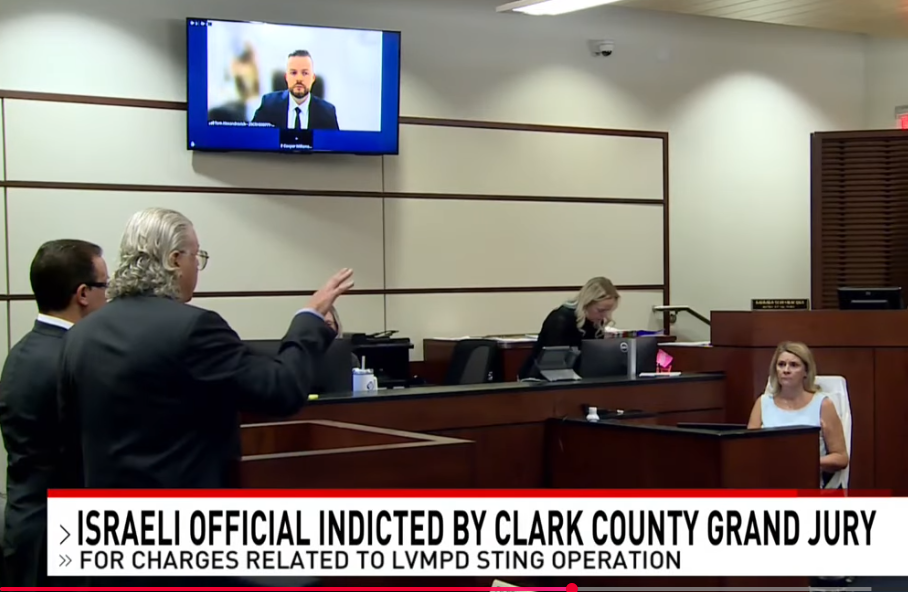The Veo 3 Prompting Guide That Actualy Worked (starting at zero and cutting my costs)
Mastering Veo 3 Prompting: A Practical Guide to Creating Quality AI Video Content
Creating compelling AI-generated videos can seem daunting, especially when starting from scratch and trying to manage costs. After extensive experimentation with Veo 3 and Runway, I’ve developed a straightforward prompting framework that significantly improves results without the need for lengthy, complex prompts. Here, I’ll share the insights and strategies that have worked for me, aiming to help you produce better AI videos efficiently.
The Challenges of Prompting AI Video Models
Many users assume that writing elaborate, lengthy prompts will lead to better output. However, my experience has shown that more words don’t necessarily equate to better control over the generated content. In fact, slight variations in prompts can produce vastly different results, making it difficult to achieve consistency. This learning came through trial and error, generating over a thousand videos, but the key takeaway is that effective prompts need to be structured and targeted.
A Proven Structural Framework
The core of a successful prompt for Veo 3 begins with a simple, consistent structure. This helps guide the AI more reliably than simply piling on descriptive words. The foundational formula I recommend is:
[SHOT TYPE] + [SUBJECT] + [ACTION] + [STYLE] + [CAMERA MOVEMENT] + [AUDIO CUES]
Using this format ensures clarity and focus, making it easier to generate targeted results.
Practical Example
Here’s an example of a well-constructed prompt:
“Medium shot, cyberpunk hacker typing frantically, neon reflections on face, Blade Runner aesthetic, slow push in, audio: mechanical keyboard clicks, distant sirens.”
This prompt specifies shot type, subject, action, style, camera movement, and sound—covering all essential facets of a compelling scene.
Key Lessons Learned
Based on extensive testing, here are the most valuable insights:
- Prioritize the essentials early: Veo 3 assigns more importance to the initial words, so front-load critical details.
- Define the “what” before the “how”: Establish the main subject and action first. Then, refine the style and movement.
- One action per scene: Avoid combining multiple actions; keep prompts focused to prevent chaotic results.
- Specific language beats creativity: Instead of vague descriptors like “walking sadly,” opt for precise cues like “shuffling with hunched shoulders.”
- **Utilize audio cues effectively














Post Comment